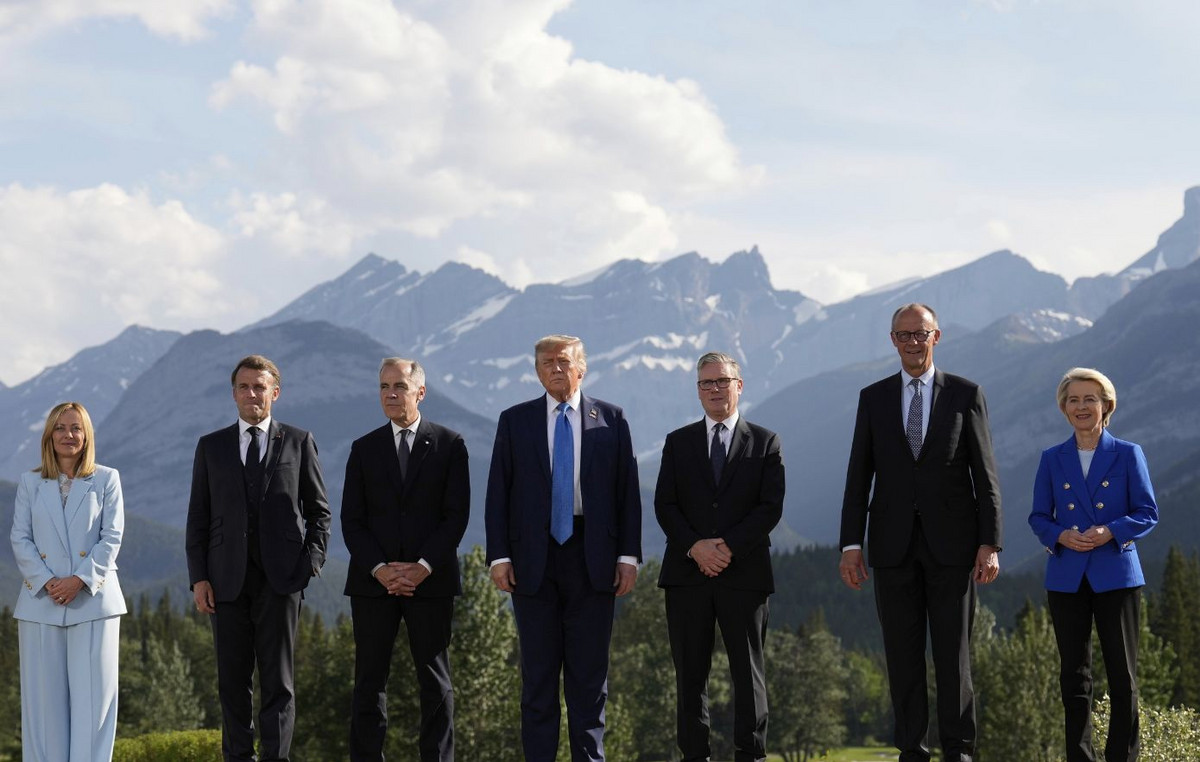- The DXY registers losses at the beginning of the week and falls towards 105.70 points.
- The strength of the US economy and the Fed's hawkish stance are likely to keep pressure on yields, which could limit losses.
- Markets expect interest rates to remain unchanged for Wednesday's Fed meeting.
The US Dollar Index (DXY) retreats on Monday and falls to 105.70. The recent intervention of the Bank of Japan (BoJ) caused a slight drop in the value of the Dollar. However, the dollar's rally is expected to continue, thanks to the divergence of monetary policy that favors the US dollar and the forecast of a hawkish stance at the next meeting of the Federal Reserve (Fed).
The US economy continues to resist and persistent inflation could keep the dollar's rise alive. The Fed maintains a hawkish stance, resisting market pressure for easing, and a rate cut in June appears unlikely. Wednesday's message will be key.
Daily Market Moves Summary: DXY starts the week on the wrong foot, with an eye on the Fed decision
- The Fed is expected to take a hawkish stance, underscoring the strong growth and sustained inflation of the US economy.
- Unchanged interest rates, coupled with strong US data, could maintain the upward trajectory of US Treasury yields.
- Market expectations for the next Fed meetings stand at a 10% chance of a rate cut in June, 35% in July and less than 80% in September.
- US Treasury yields are declining, which is an unfavorable environment for the US Dollar. Specifically, the 2-year yield is 4.97%, the 5-year yield is 4.65%, and the 10-year yield is 4.63%.
DXY Technical Analysis: DXY Bulls Struggle Under Pressure But Remain in Control
The daily chart indicators reflect a mixed picture for the DXY. The RSI, despite having a negative slope, maintains a stance in positive territory, indicating resistance among buyers. However, this bullish momentum appears somewhat in question, as evidenced by the newly formed red bar on the moving average convergence divergence (MACD), a guidance that usually portends a possible turn into bearish territory.
Furthermore, the DXY remains comfortably above the 20-day, 100-day, and 200-day SMA, indicating that buyers continue to have the upper hand in the medium to long term. Despite potential short-term selling pressure, the bull narrative remains supported by this SMA structure.
US Dollar FAQ
What is the US Dollar?
The United States Dollar (USD) is the official currency of the United States of America, and the “de facto” currency of a significant number of other countries where it is in circulation alongside local banknotes. According to 2022 data, it is the most traded currency in the world, with more than 88% of all global currency exchange operations, equivalent to an average of $6.6 trillion in daily transactions.
After World War II, the USD took over from the pound sterling as the world's reserve currency.
How do the decisions of the Federal Reserve affect the Dollar?
The single most important factor influencing the value of the US Dollar is monetary policy, which is determined by the Federal Reserve (Fed). The Fed has two mandates: achieve price stability (control inflation) and promote full employment. Your main tool to achieve these two objectives is to adjust interest rates.
When prices rise too quickly and inflation exceeds the 2% target set by the Fed, the Fed raises rates, which favors the price of the dollar. When Inflation falls below 2% or the unemployment rate is too high, the Fed can lower interest rates, which weighs on the Dollar.
What is Quantitative Easing and how does it influence the Dollar?
In extreme situations, the Federal Reserve can also print more dollars and enact quantitative easing (QE). QE is the process by which the Fed substantially increases the flow of credit into a clogged financial system. This is an unconventional policy measure used when credit has dried up because banks do not lend to each other (for fear of counterparty default). It is a last resort when a simple lowering of interest rates is unlikely to achieve the necessary result. It was the Fed's weapon of choice to combat the credit crunch that occurred during the Great Financial Crisis of 2008. It involves the Fed printing more dollars and using them to buy US government bonds, primarily from financial institutions. QE usually leads to a weakening of the US Dollar.
What is quantitative tightening and how does it influence the US dollar?
Quantitative tightening (QT) is the reverse process by which the Federal Reserve stops purchasing bonds from financial institutions and does not reinvest the principal of maturing portfolio securities in new purchases. It is usually positive for the US dollar.
Source: Fx Street
I am Joshua Winder, a senior-level journalist and editor at World Stock Market. I specialize in covering news related to the stock market and economic trends. With more than 8 years of experience in this field, I have become an expert in financial reporting.







